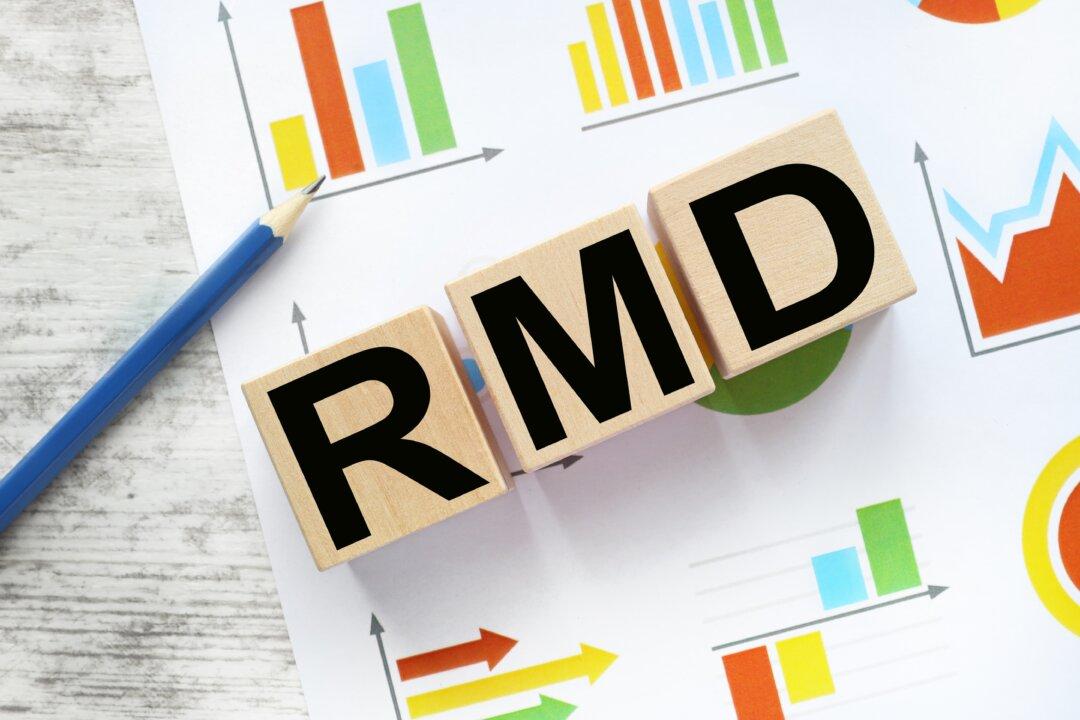Once you reach required minimum distributions (RMDs) age (73), how much control do you have over the timing, amount, and source of your distributions? Let’s examine each of the levers.
Timing
Retirees exert some control over the start of RMDs via their required beginning date, which is April 1 following the year in which they turn 73. Deferring this tax bill by close to a year might seem like a win, but you’ll have to take an additional RMD by the following year-end. That means that delaying the first RMD isn’t often advisable.People over age 73 who are still working and covered by a retirement plan can also typically delay RMDs from that plan. But if they have an individual retirement account (IRA) separate from the plan, RMDs are still due from the IRA.






